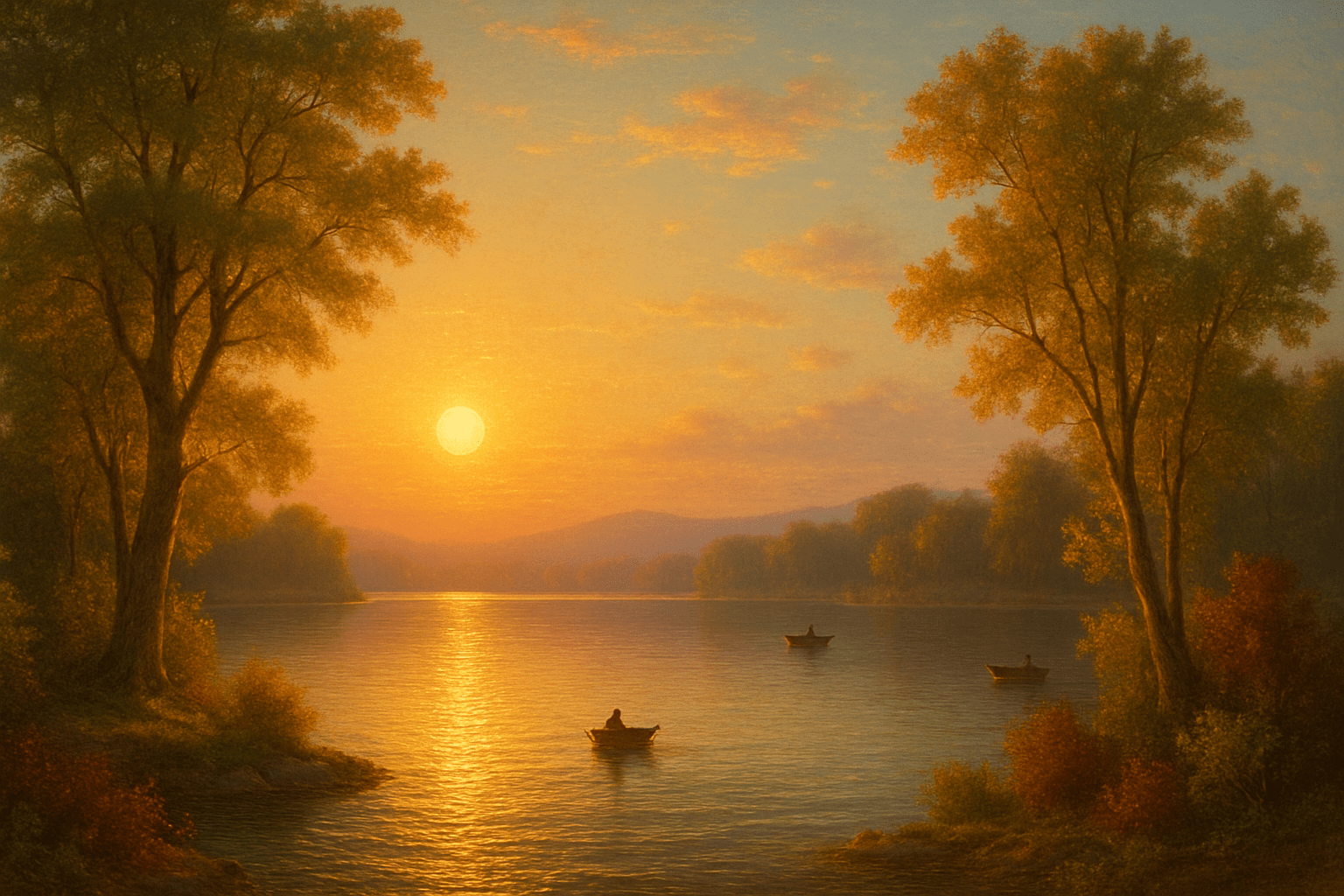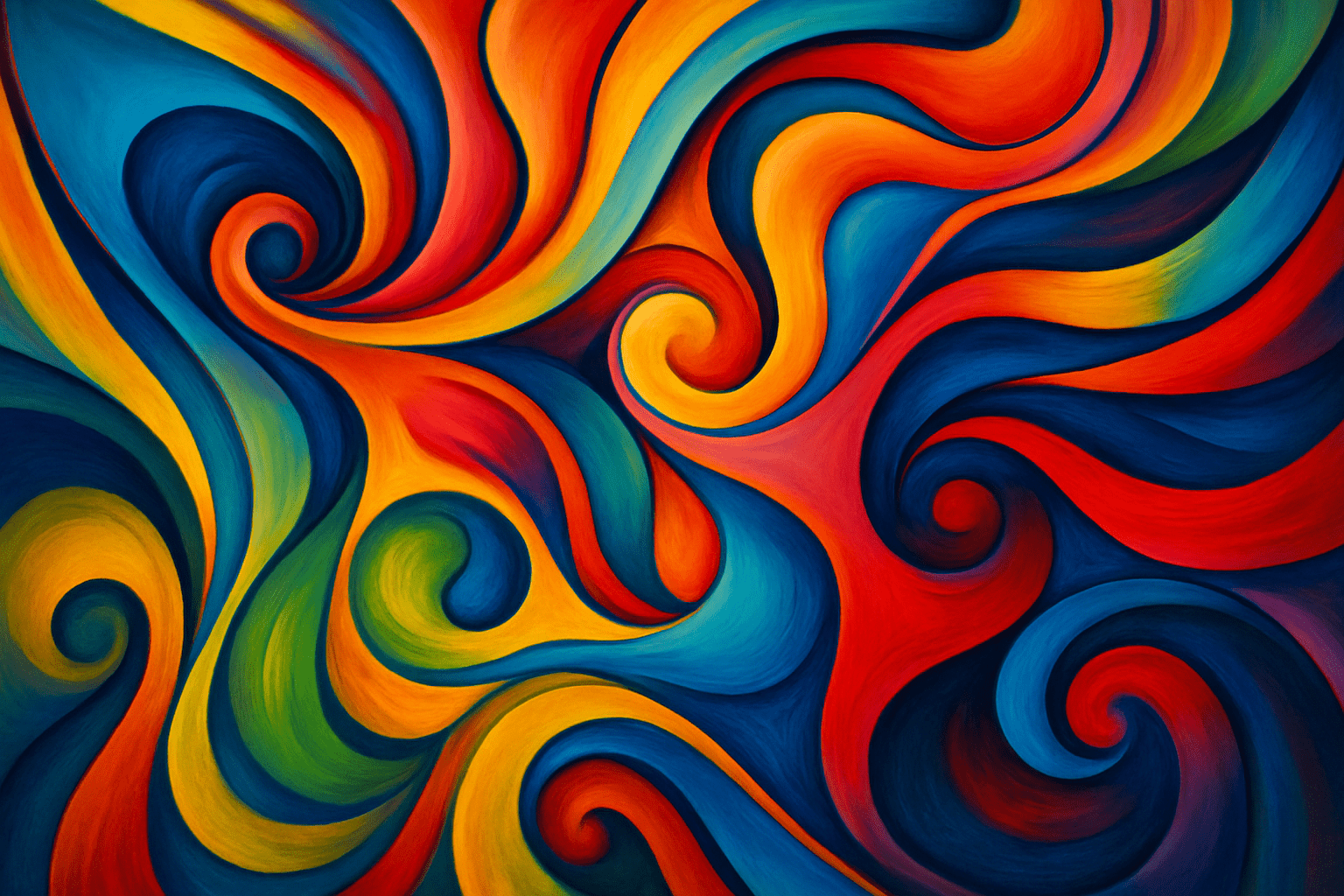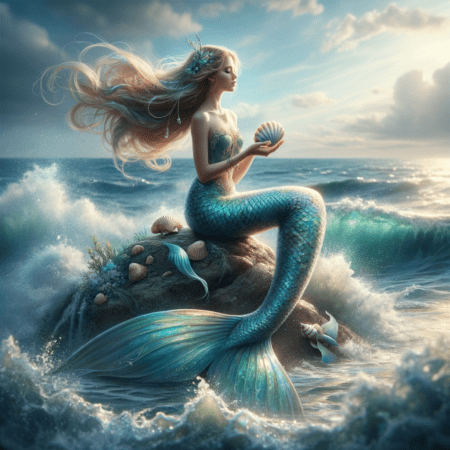
Luminism
Luminism is a style of painting that emphasizes light, usually by using a strong contrast between light and dark areas. The style is often associated with the American Hudson River School, a group of painters who worked in the mid-19th century.
AOI thinking about Luminism [+_~]-/
Overview and Quickfacts
Luminism is an American art style that emerged in the 1850s. It is characterized by its use of light and color to create a sense of space and atmosphere. Luminist paintings often depict landscapes, but can also include other subjects such as seascapes and cityscapes. The style is closely associated with the Hudson River School, a group of American artists who painted similar subjects in a similar style.
Can understand it also, as:
Illuminism, Brightness, Radiance, Splendor
Categorize it as:
Impressionism, Modernism
.: Dreaming :.
holds a HAIKU for the art style
:. Thought is power .:
Detailed Description
Luminism is a style of painting that emphasizes light, usually natural light. The term can refer to paintings that are simply light in color, but it is more often used to describe paintings in which light is used as a tool to create an effect. For example, a painting might use light to create a sense of space, or to make a subject stand out from the background. Luminism was popularized in the mid-19th century by a group of American painters known as the Hudson River School. The Hudson River School was a group of artists who painted the American landscape, often using light to create a sense of awe and wonder. Many of the Hudson River School’s most famous paintings were of the American West, which was still largely unexplored at the time. One of the most famous Luminist painters was Frederic Edwin Church. Church was known for his large-scale landscapes, which often featured dramatic lighting effects. One of Church’s most famous paintings is “The Heart of the Andes,” which depicts a mountain range in South America bathed in sunlight. Luminism continued to be popular in the late 19th and early 20th centuries, and many famous painters used the style to create beautiful and evocative landscapes. Today, Luminism is still admired by many artists and art lovers, and the style continues to influence painters all over the world.
.. beep, beep, beep ..
<START OF TRANSMISSION>
1. Luminism was a style of painting that emerged in the 1850s in the United States. 2. It was characterized by its use of light and its focus on landscapes. 3. Luminism was influenced by the Hudson River School, a group of painters who were interested in depicting the American landscape. 4. Luminism reached its peak in the 1870s. 5. Many Luminist painters were members of the American Society of Painters in Water Colors, a group founded in 1866. 6. Luminism was also influenced by the Barbizon school of painting, which was popular in France in the mid-19th century. 7. Luminist painters often used a technique called "glazing," which involved applying thin layers of paint to create a luminous effect. 8. One of the most famous Luminist painters was Frederic Edwin Church, who was known for his large-scale landscapes. 9. Other notable Luminist painters include Martin Johnson Heade, Fitz Henry Lane, and Albert Bierstadt. 10. Luminism began to decline in popularity in the 1880s, as other styles such as Impressionism and Pointillism became more popular. 11. Luminism was rediscovered in the mid-20th century by a group of American painters known as the Hudson River School Revivalists. 12. The Revivalists included painters such as Thomas Cole, Asher B. Durand, and Jasper Cropsey. 13. They were interested in recapturing the spirit of Luminism in their own work. 14. Luminism has also been called the "American Impressionism." 15. Luminist paintings are often characterized by their use of light and shadow to create a sense of depth. 16. They often have a calming, peaceful feeling. 17. Luminist paintings are often set in the American West, where the light is particularly intense. 18. Many Luminist painters were from the Northeast, and they often painted scenes from the Adirondacks or the White Mountains. 19. Luminism was a reaction against the dark, somber style of painting that was popular in the early 19th century. 20. Luminism was a uniquely American style of painting that helped to define the nation's identity.
<EOF>
.. robbel bob
Visual Examples from our image gallery
Coming soon, we are so slow .. might never come
Artists, Paintings, and more
(be aware, can be highly speculative)
Artists (be aware, speculation possible):
1. William Stanley Haseltine (1835-1900) 2. Fitz Henry Lane (1804-1865) 3. Martin Johnson Heade (1819-1904) 4. John Frederick Kensett (1816-1872) 5. John William Casilear (1811-1893) 6. Asher Brown Durand (1796-1886) 7. Jasper Francis Cropsey (1823-1900) 8. Robert Salmon (1775-1844) 9. Thomas Cole (1801-1848) 10. Samuel Morse (1791-1872) 11. Edward Moran (1829-1901) 12. George Inness (1825-1894) 13. Frederic Edwin Church (1826-1900) 14. Albert Bierstadt (1830-1902) 15. William Morris Hunt (1824-1879) 16. Sanford Robinson Gifford (1823-1880) 17. John La Farge (1835-1910) 18. Winslow Homer (1836-1910) 19. Thomas Doughty (1793-1856) 20. George Caleb Bingham (1811-1879) 21. Fitz Hugh Lane (1804-1865) 22. Thomas Moran (1837-1926) 23. John James Audubon (1785-1851) 24. Alexander Wilson (1714-1786) 25. James Audubon (1760-1851) 26. John James Audubon (1785-1851) 27. John James Audubon (1785-1851) 28. John James Audubon (1785-1851) 29. John James Audubon (1785-1851) 30. John James Audubon (1785-1851)
Artworks (be aware, speculation possible)
1. The Hay Wagon, 1858, by George Inness 2. The Lackawanna Valley, 1859, by Asher Brown Durand 3. The New York Harbor, 1860, by Jasper Francis Cropsey 4. The Valley of the Shadow of Death, 1861, by Frederic Edwin Church 5. The Hudson River at Sunset, 1862, by Jasper Francis Cropsey 6. The Rocky Mountains, Lander’s Peak, 1863, by Frederic Edwin Church 7. The Niagara Falls, 1864, by Frederic Edwin Church 8. The Twilight in the Wilderness, 1860, by Frederic Edwin Church 9. The Light of the World, 1873, by Edward Henry Harriman 10. The Holy Land, Syria, 1874, by Edward Henry Harriman 11. The Mountain of the Holy Cross, 1875, by Thomas Moran 12. The Grand Canyon of the Yellowstone, 1872, by Thomas Moran 13. Chasm of the Colorado, 1873, by Thomas Moran 14. The Three Tetons, 1872, by Thomas Moran 15. Mount McKinley and Wonder Lake, 1912, by William D. Albright 16. Sunrise in the Sierras, Nevada, 1869, by Albert Bierstadt 17. Sunset in the Yosemite Valley, California, 1870, by Albert Bierstadt 18. The Domes of the Yosemite, 1867, by Albert Bierstadt 19. The Last of the Mohicans, 1826, by Thomas Cole 20. The Oxbow, 1836, by Thomas Cole 21. The Voyage of Life, 1842, by Thomas Cole 22. The Course of Empire, 1836, by Thomas Cole 23. The Catskills from the Hudson, 1844, by Thomas Cole 24. The Rocky Mountains, Lander’s Peak, 1863, by Frederic Edwin Church 25. The Andes of Ecuador, 1862, by Frederic Edwin Church 26. The Heart of the Andes, 1859, by Frederic Edwin Church 27. The Morning of the Resurrection, Easter Day, 1857, by Frederic Edwin Church 28. The Parthenon, Athens, 1846, by Edward Dodwell 29. The Temple of Jupiter Panellenius, Aegina, 1842, by Edward Dodwell 30. The Temple of Minerva, Assisi, 1841, by Edward Dodwell
Epoch
The time period of Luminism is from the mid-19th century to the early 20th century.
AI ART RESSOURCES (AKA, well Tools)
Helping tools -> predefined search links on other pages:











